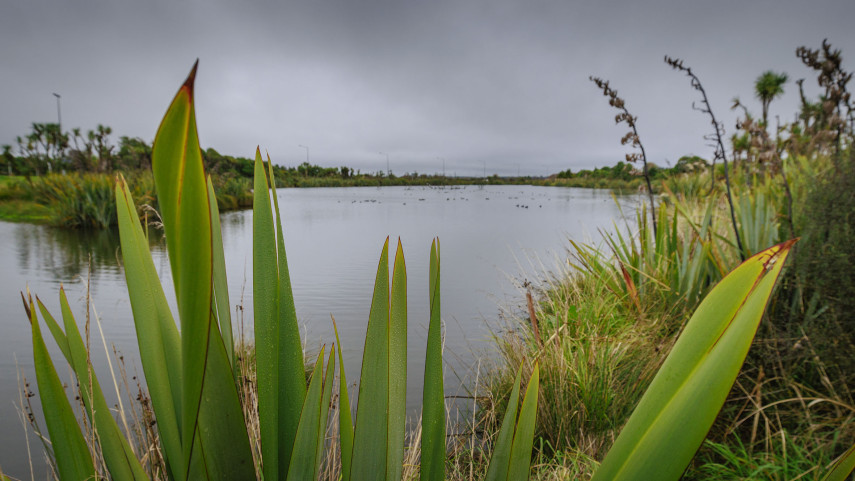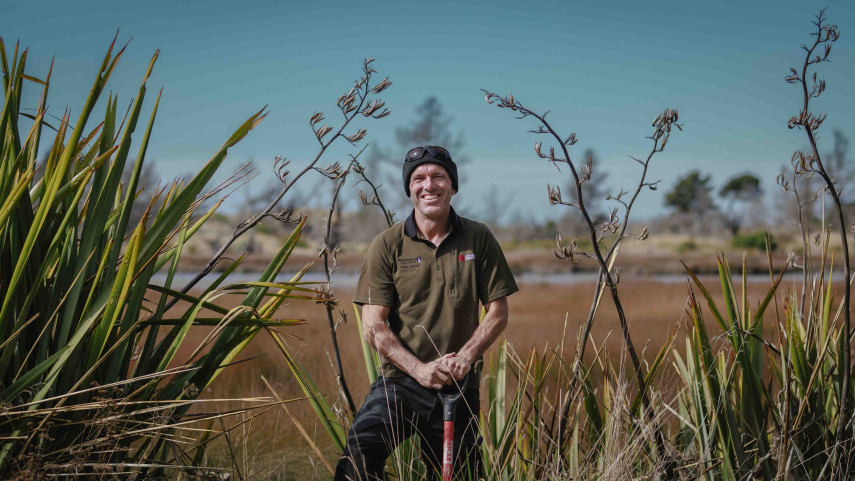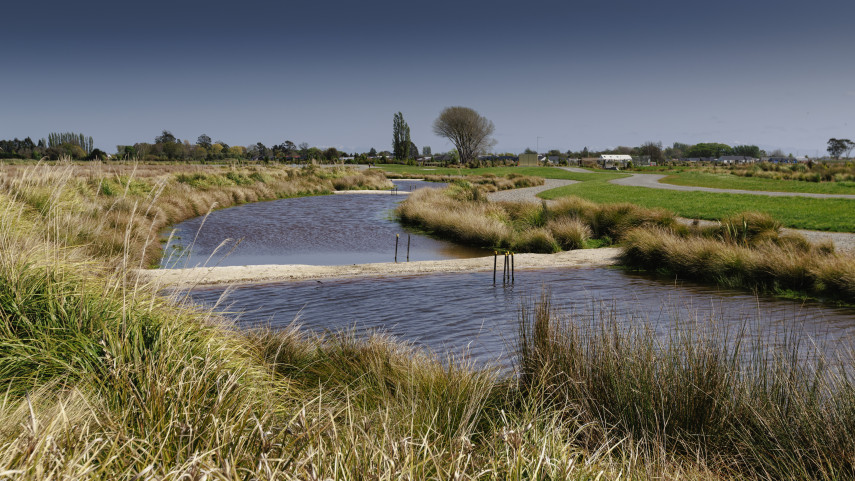One of the four goals that we’ve set in our Kia tūroa te Ao – Ōtautahi Christchurch Climate Resilience Strategy [PDF, 1.8 MB] is that we understand and are preparing for the ongoing impacts of climate change. While we work to mitigate the effects of climate change, our communities will also need to adapt to the changes that are already unavoidable.
The first step to adapting to the challenges created by climate change, and specifically sea-level rise, is understanding the risks. Our Coastal Hazard Assessment helps us understand the local impacts of sea-level rise on coastal flooding, erosion and rising groundwater.
We’re using that coastal hazards information to inform our Adaptation Planning programme. Adaptation planning is about preparing responses to reduce current and future risk for existing communities and infrastructure. Our approach to undertaking adaptation planning with communities can be seen in our Coastal Adaptation Framework [PDF, 3.9 MB].
Central Government is also considering how best to prepare and adapt to the effects of climate change. In May 2024, a cross-party inquiry was announced, which will consider how adapting to more frequent and severe weather events should be funded and how responsibilities could be shared. The inquiry, led by the Finance and Expenditure Select Committee, will report back in September 2024 and its recommendations will be used to help develop legislation to be introduced in early 2025.
While this legislation will provide us all with updated guidance about how we can manage these issues in the future, we know we need to make a start now.
Stay up to date or ask a question
Email us and we'll answer your questions and keep you up to date with the latest adaptation planning programme developments.










